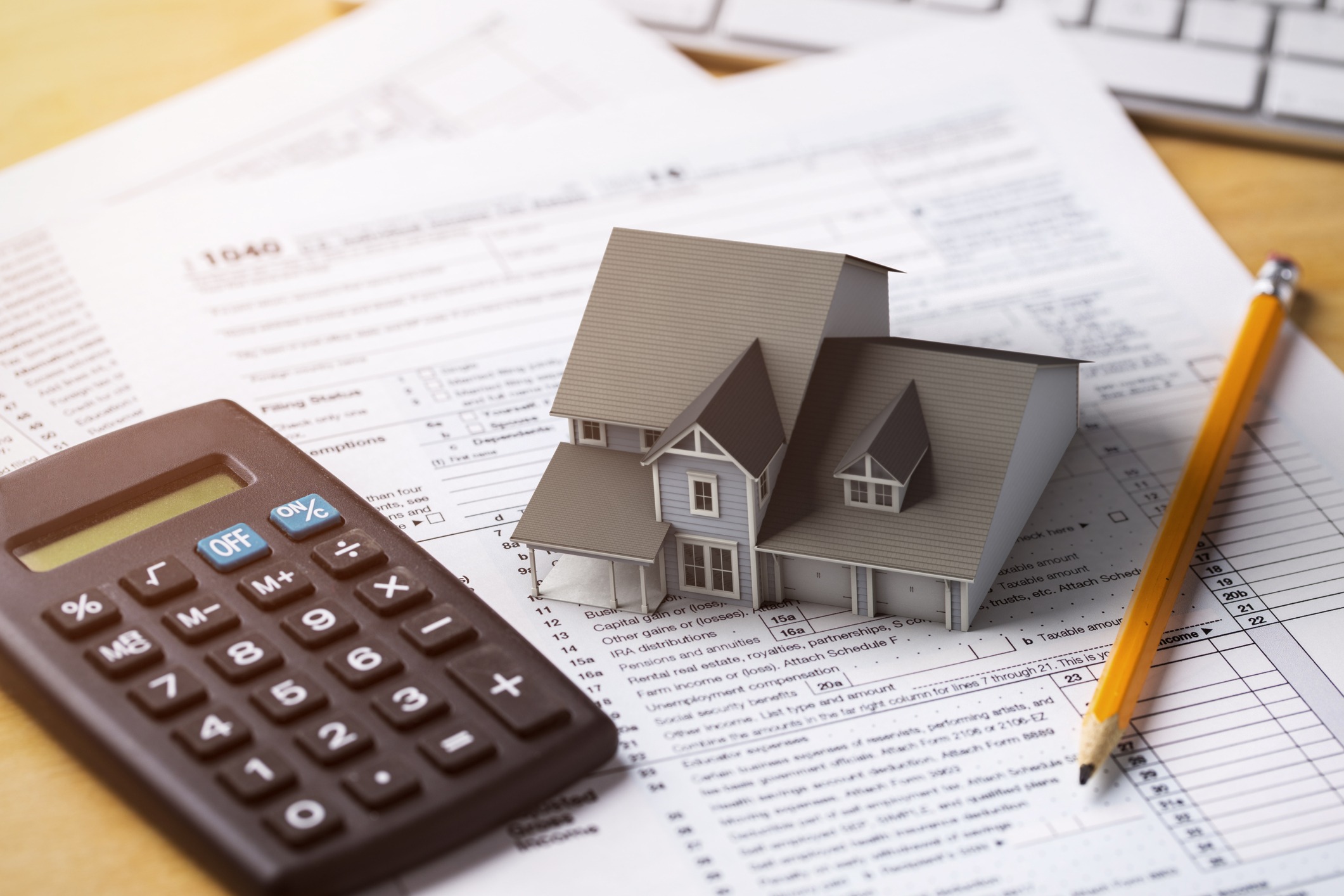
Home prices remain near record highs – and that means many property investors are sitting on hefty profits. The bad news? Cashing in means triggering the capital gains tax. The federal capital gains rate is as high as 20%, and a majority of states, including California, impose their own capital gains taxes.
For property owners who want to manage their tax liabilities, there is some relief. A 1031 Exchange allows an investor to defer capital gains taxes, so long as the taxpayer rolls the proceeds from one sale into a similar investment property within six months.
What is a 1031 Exchange?
A 1031 Exchange is a tax-deferral strategy that lets an investor put off taxes when selling an investment property. The seller essentially swaps one investment property for another without incurring any immediate capital gains taxes.
Through a 1031 Exchange, an investor reinvests the full proceeds from the sale into a new property, allowing their money to continue growing. This strategy saves money and lets investors continue building their real estate portfolio.
Of course, the IRS imposes some rules around 1031 Exchanges. The property being sold and the property being acquired must be of “like-kind” – which means both are real estate properties held for investment or business purposes. To defer all capital gains taxes, the value of the replacement property must be equal to or greater than the value of the original property.
Within 45 days of selling the original property, the investor must identify potential replacement properties in writing to a qualified intermediary. The investor must close on the replacement property within 180 days of selling the original property or by the due date of their tax return, including extensions, whichever comes first.
1031 Exchange in Action
Here’s an example of how the strategy can work. An investor owns several investment properties, including a house in Murrieta, California, that he purchased 15 years ago for $188,000. He has been renting the property to long-term tenants. The investor put $65,000 in improvements to the property, bringing his cost basis for the property to $253,000. The house needs a new roof, costing $30,000. Instead of spending $30,000 on a new roof, the investor wants to buy a newer investment property that does not require major improvements.
The property is now worth $600,000, so it has appreciated by $347,000 over his cost basis of $253,000, putting him in a position to pay a significant capital gains tax. Assuming a federal capital gains tax rate of 20% and a California capital gains tax rate of 7%, the combined capital gains would be $93,690. Using a 1031 Exchange, he transfers the $347,000 proceeds of the sold property towards the purchase of the new investment property, deferring any capital gains tax.
What is a reverse 1031 Exchange?
A reverse 1031 Exchange lets the investor buy the replacement property first, while still deferring capital gains taxes on the sale of the original investor property. This is a great option when an investor finds an ideal replacement property that they don’t want to miss out on, but they haven’t yet sold their original property. The investor has 180 days to sell the original property. The funds from the sale will be used to repay any loan obtained for the acquisition of the replacement property and to complete the reverse exchange.
1031 Reverse Exchange in Action
An investor wants to buy a $1 million investment property in Lake Tahoe, California, several blocks from her residence. She knows that the home will sell very quickly based on the list price. She also owns an investment property in Bozeman, Montana, worth $930,000 that is free and clear. She intends to sell this property, but the sale will take place after the purchase of the property in Lake Tahoe.
To defer taxes, the investor needs a reverse 1031 Exchange, even though she hasn’t sold the investment property she owns. The goal is to not have to pay the capital gains taxes at this time.
Financing a Reverse 1031 Exchange Using LendSure’s Bridge Loan Program
To purchase the replacement investment property, the investor needs cash from the original investment property.
However, because the funds from the sale of the original property are not yet available, a LendSure Bridge Loan can provide the funds to buy the replacement property by allowing the investor to borrower against the equity on the original investment property. LendSure’s Bridge Loan is as little as a six month loan with “no payment due until sale or maturity of the” loan, whichever comes first. The subject property must be listed for sale at the time the bridge loan is funded. LendSure will lend up to 60% LTV for a bridge loan on an investment property.
By accessing the equity in the original investment property, the investor can use the capital for a down payment on the replacement investment property. If liens exist on the original investment property, the bridge loan pays them off. LendSure’s Bridge Loan program requires the investor to finance the replacement investment property with LendSure.
Financing a Reverse 1031 Exchange in Action
The investor with the property in Lake Tahoe wants to move quickly and close in two weeks. Ideally, the investor would like to use capital from the Montana property to do the deal, but a sale won’t happen quickly enough. LendSure’s Bridge Loan lets the investor access capital from the Montana property.
Simultaneously, LendSure provides a purchase money loan on the Lake Tahoe property. After the Lake Tahoe purchase transaction has closed, the borrower can focus on selling the Montana property. The Montana property must be sold within 180 days of the closing of the Lake Tahoe purchase to satisfy the 1031 Exchange requirements.
The LendSure Way
It’s simple. We make loans that make sense. We’re not in-the-box lenders. Of course, there are numbers ratios, and data to consider, but we know that behind every file, there’s an individual with a unique circumstance seeking a loan. We work hard to offer our common-sense take on lending to borrowers seeking funding for the home of their dreams, another addition to their investment property portfolio, or refinancing of a currently-owned property.
Are you ready to benefit from a commonsense approach to lending? Contact us today to learn more about non-QM loans and how partnering with LendSure Mortgage Corp. can help grow your bottom line.
©2024 LendSure Mortgage Corp. NMLS 1326437.
This material is for general information and educational purposes only and is intended for the exclusive use of licensed real estate and mortgage lending professionals. LendSure Mortgage Corp. makes no representations or warranties about the accuracy or completeness of the information contained herein. It should also not be construed as advice meeting the particular investment needs of any investor.
The tax-related information contained herein should not be construed as tax or legal advice and should not be relied upon in making any business, legal or tax-related decisions. A proper evaluation of the benefits and risks associated with a particular transaction or tax return position often requires advice from a competent tax and/or legal advisor familiar with details of a specific transaction, objectives and the relevant facts. Involvement of a tax and/or legal advisor (or to seek such advice) in any significant real estate or business-related transaction is strongly recommended.
Hypothetical examples shown are for illustrative purposes only. Values shown do not include depreciation recapture taxes.
Distribution to the general public is prohibited. This is not a commitment to lend. Rates and programs are subject to change without notice. Other restrictions and limitations may apply. Granting of loan is subject to the credit and policy requirements of LendSure Mortgage Corp.
